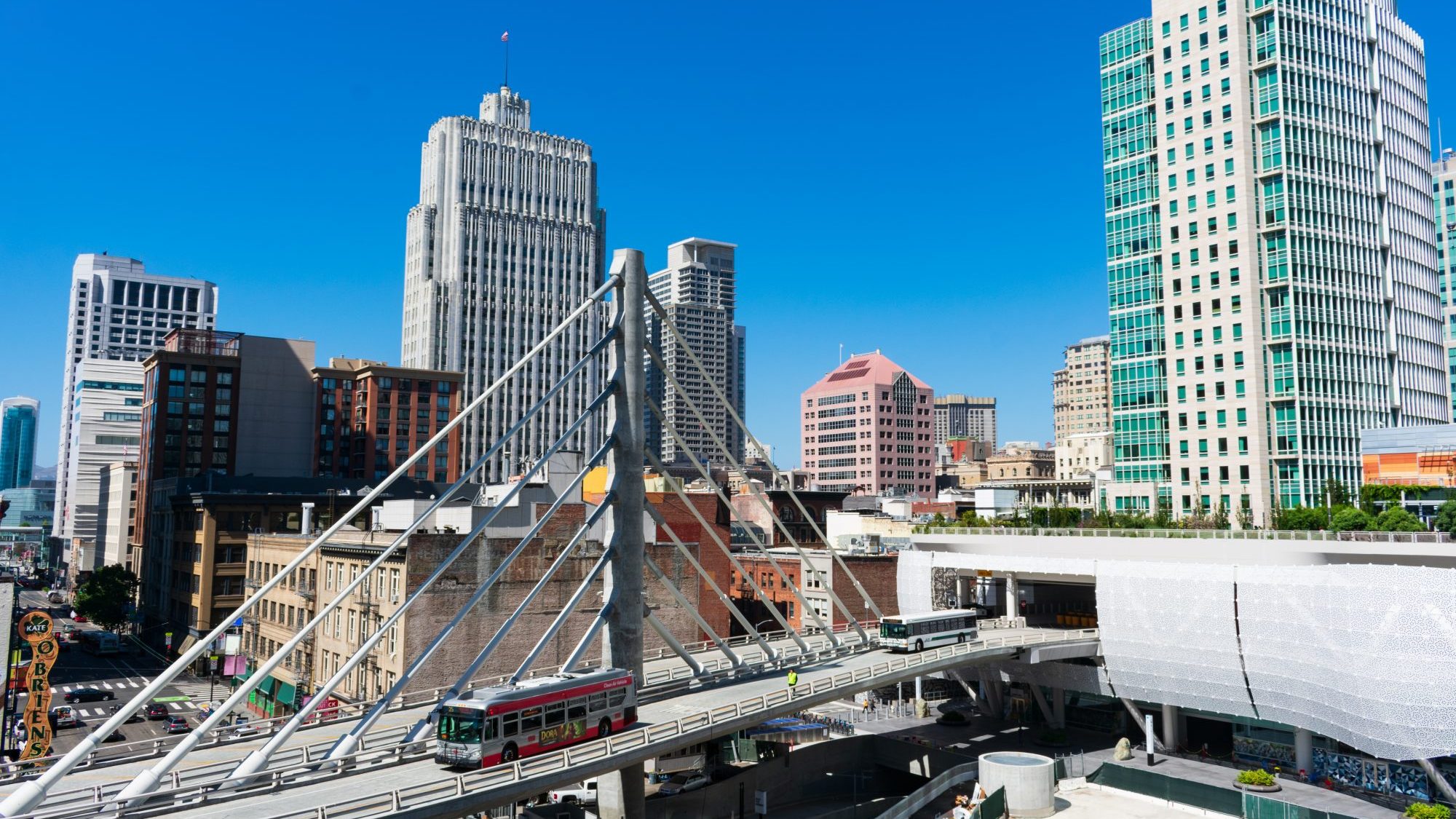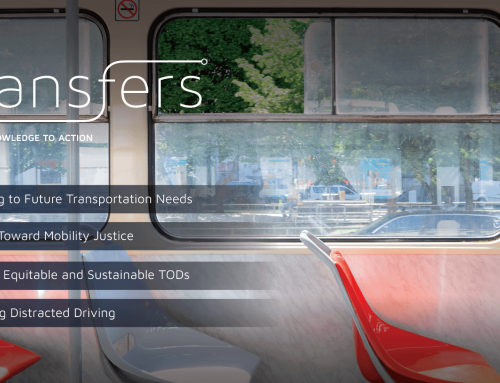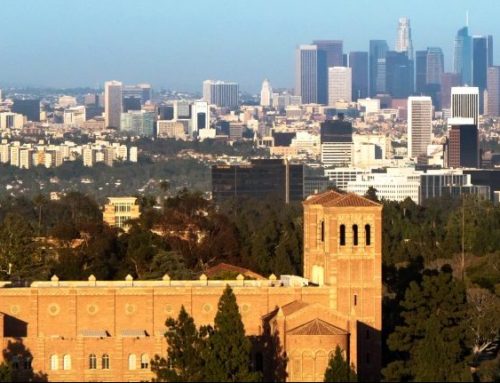State’s most transit-rich region lost 27 million riders in recent years
After years of bucking national trends, San Francisco Bay Area transit ridership fell more than 5 percent from 2017 to 2018, even as it drew more use among commuters, according to a new UCLA study released today. The growing imbalance and spread of jobs and housing and associated affordable housing crisis is playing a role in sliding transit use, likely along with growing ridehail use on Lyft and Uber.
“What’s Behind Recent Transit Ridership Trends in the Bay Area?” by researchers at the UCLA Institute of Transportation Studies (ITS) outlines the results of ridership data analysis over the past decade in the nine-county San Francisco Bay Area, with more in-depth scrutiny of the region’s eight largest transit operators. This is the second comprehensive study UCLA ITS has conducted on California transit ridership; a similar 2018 study focused on falling transit use in Greater Los Angeles.
“The likely causes of falling Bay Area transit ridership are very different from those in LA,” said Brian D. Taylor, director of UCLA ITS and co-principal investigator on the study. “While transit commuting to and from jobs in downtown San Francisco on packed buses and trains has been robust, trips to most other destinations and outside of the rush hours are lagging.”
The Bay Area is the most dense, transit-friendly region in the state. For years, even as California and the nation saw significant declines in public transit use, the Bay Area continued to see increases. In 2017, however, regional transit patronage began to fall: from 2017 to 2018, annual boardings dropped from 531 million to 504 million, a 5.2-percent loss.
The picture is less rosy if the two largest operators are excluded; high ridership on Muni and especially BART buoyed regionwide ridership for years. Without these two operators, Bay Area transit ridership would be less than 90 percent of what it was in 2008.
Amidst these falling trends, Bay Area transit is becoming more commuter-focused:
- In the past decade, the average number of trips to and from work rose by more than two-thirds.
- Transbay BART trips accounted for 43 percent of the entire region’s ridership growth from 2012 to 2015.
- The steepest losses occurred during off-peak times, on weekends, and in non-commute directions.
- The share of “choice riders,” or those with higher incomes and access to personal vehicles, tripled from 2009 to 2017 among Bay Area transit users, while the share of riders dependent on transit for mobility declined.
Unlike Los Angeles, where the main culprit in the decline was a dramatic increase in household motor vehicle access, there is no overriding reason to account for the Bay Area’s declining patronage trends.
The authors highlight a number of possible explanations, including changes in the region’s employment patterns and housing options, and the distance between them. Areas with the best transit access are becoming less affordable and pushing workers far from job centers, with longer commutes and poor transit connections. Also, ridehail use, especially during the evening and weekends, may increasingly substitute for transit.
Key among the report’s recommendations is a review of land-use policies to encourage more housing and jobs in transit-friendly areas.
“The Bay Area is becoming increasingly expensive and more and more people, particularly low-wage workers, are finding it difficult to live and work near transit,” said Evelyn Blumenberg, co-principal investigator and professor of urban planning at UCLA Luskin School of Public Affairs. “We tend to think about housing and transit policies separately, but this study shows that they need to have a much tighter link.”
This study was funded by the Metropolitan Transportation Commission, the UC ITS Statewide Transportation Research Program, and the California Department of Transportation.
The report’s two volumes cover an overview of the Bay Area and trends among the eight largest operators (Muni, BART, AC Transit, VTA, Caltrain, SamTrans, Golden Gate Transit, and County Connection).
Read the full report and accompanying briefs here.




